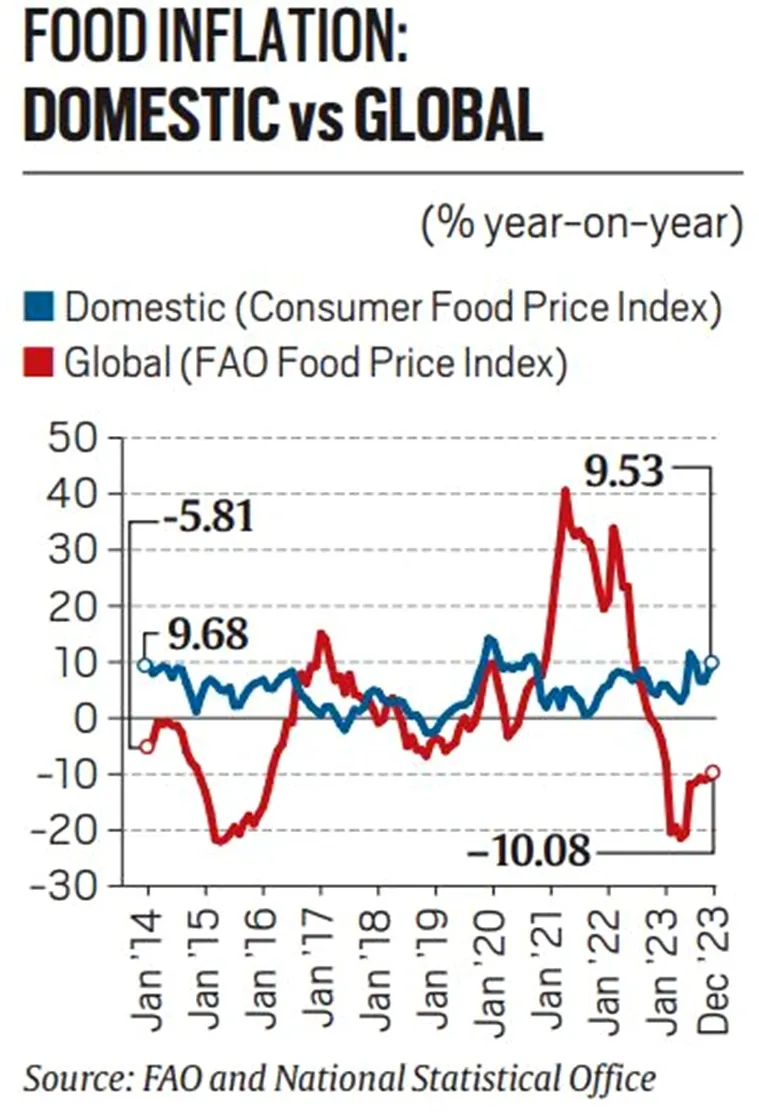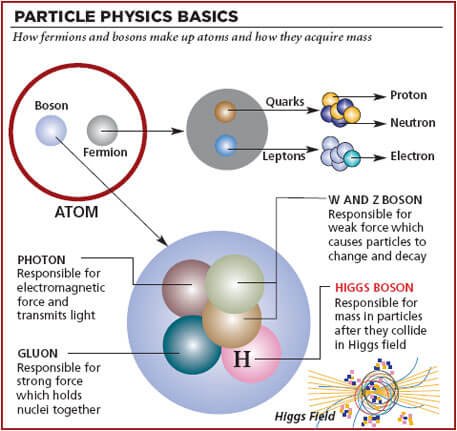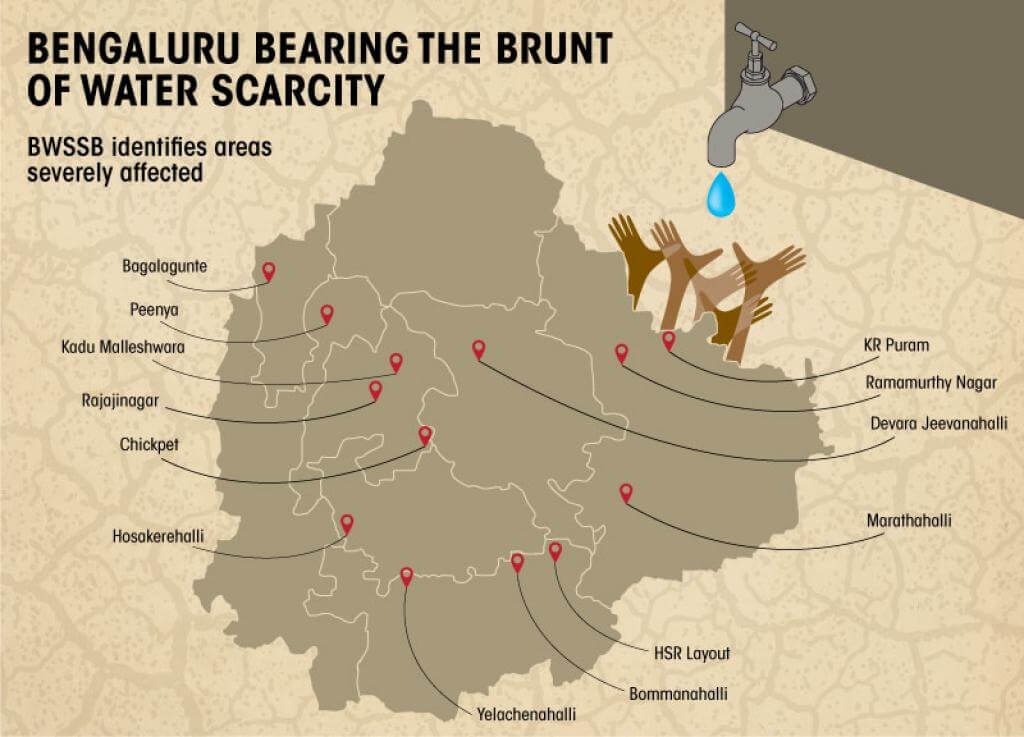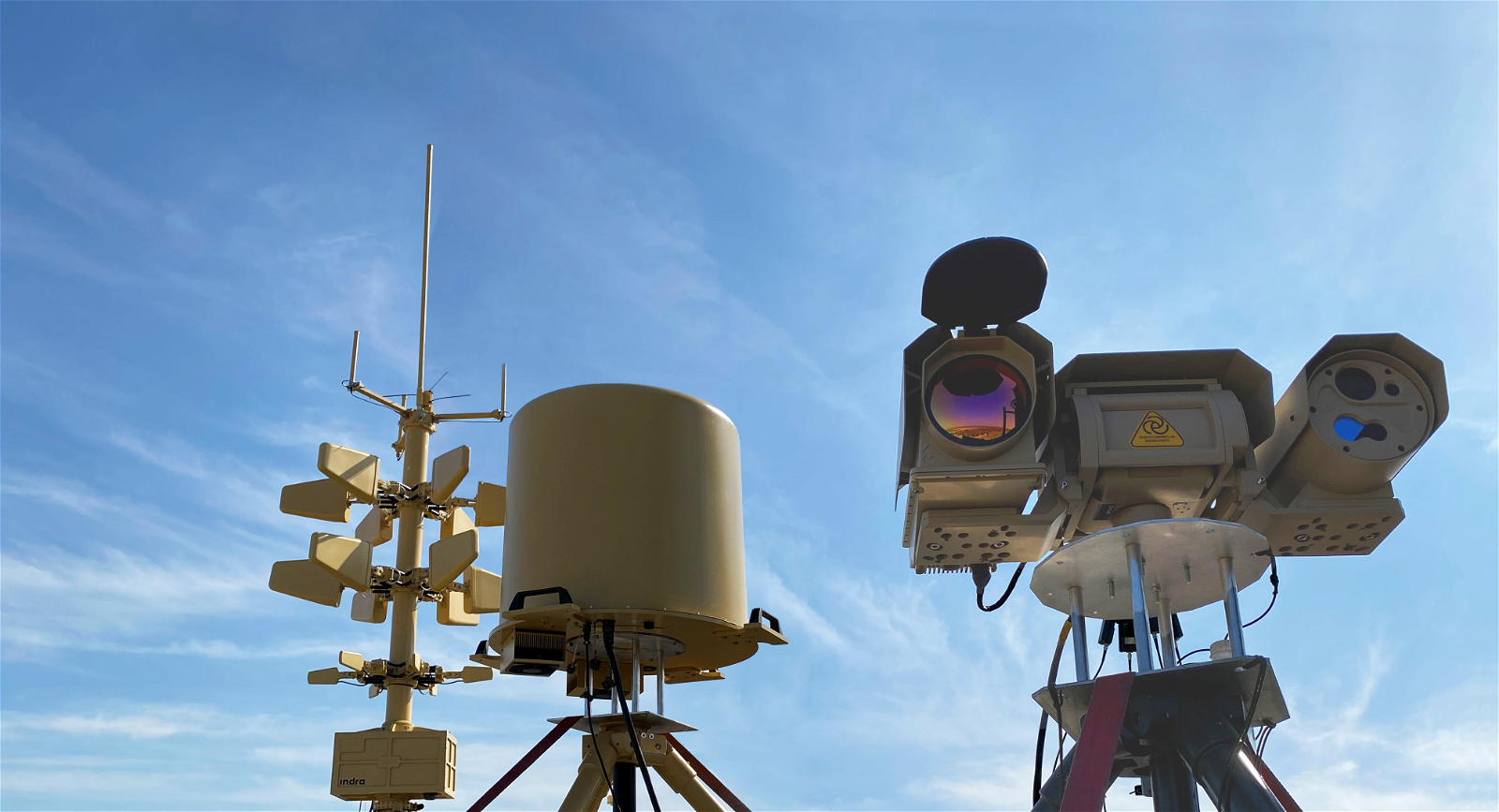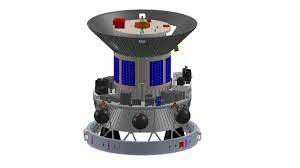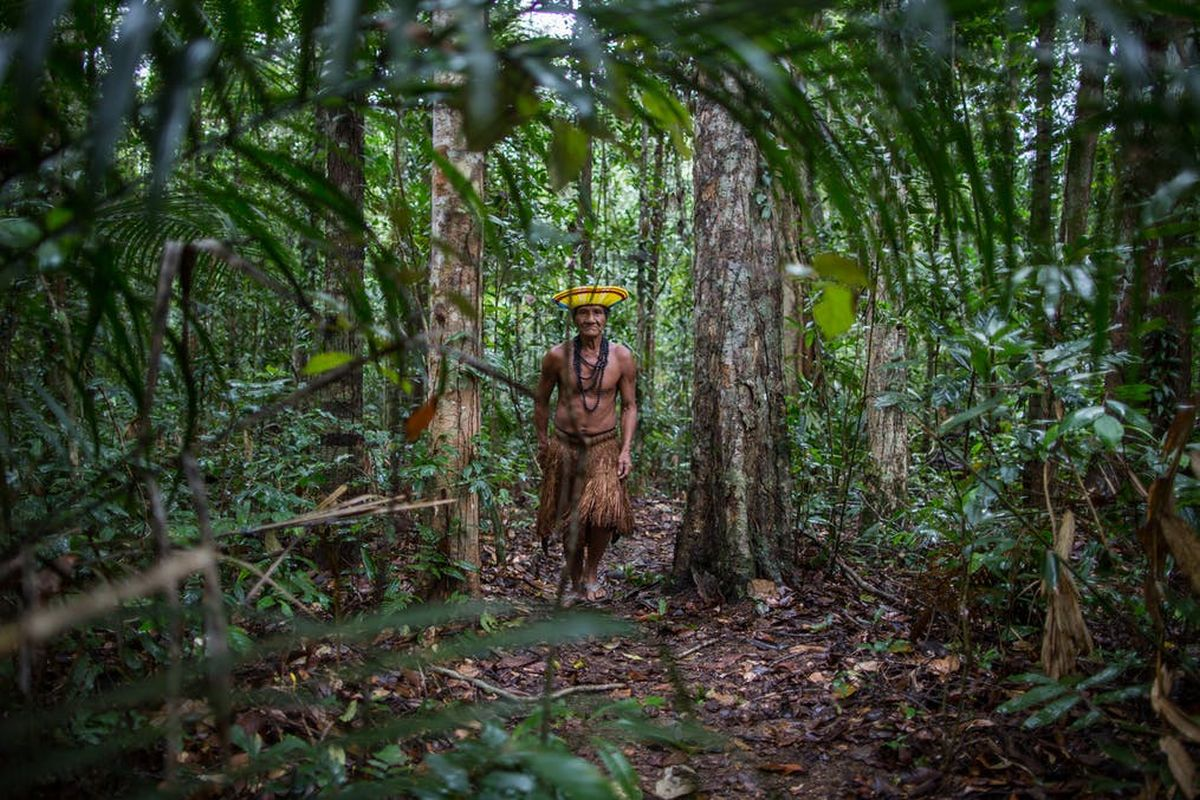
Nuclear Criticality in Nuclear Fission and Nuclear Energy
Subscribers of "Current Affairs" course can Download Daily Current Affairs in PDF/DOC
Subscribe to Never Miss an Important Update! Assured Discounts on New Products!
Must Join PMF IAS Telegram Channel & PMF IAS History Telegram Channel
- Context (TH | TP): India’s second indigenous 700 MWe nuclear reactor at Kakrapar Atomic Power Station (KAPS) in Gujarat moves closer to commercial operation after achieving first criticality.
|
- These reactors are pressurised heavy water reactors (PHWRs), which use natural uranium as fuel and heavy water as coolant and moderator.
- The reactor achieved criticality after meeting the specified conditions of the Atomic Energy Regulatory Board (AERB), India’s nuclear safety regulator.
Nuclear Fission
- Nuclear fission splits a heavy atomic nucleus into two smaller nuclei, releasing energy through heat, light, and radiation.
- Radioactive atoms (or isotopes) are used in nuclear fission.
- Uranium-235 (U-235) and plutonium-239 (Pu-239) are commonly used isotopes for fission.
- U-235, a rare isotope of the heavy metal uranium, is the most commonly used nuclear fuel.
Radioactive Atoms (or Isotopes)
|
How does Nuclear Fission take place?
- The nuclear fission is initiated by subjecting a U-235 or Pu-239 nucleus to neutrons.
- The nucleus absorbs an extra neutron, becomes unstable, and splits into two lighter atoms and additional neutrons. This process releases what is known as atomic energy.
- The fission of a U-235 or Pu-239 atom produces about 2 to 3 new neutrons.
- If other U-235 or Pu-239 atoms absorb these new neutrons, it creates an exponentially growing chain reaction. Such a chain reaction releases large amounts of energy.

Controlled Nuclear Fission
- If controlled in a nuclear reactor, such a chain reaction from nuclear creation can generate power.
- If uncontrolled, it can lead to an enormous explosion (atomic bomb).
- For a self-sustained, controlled nuclear reaction, only one neutron should strike another uranium nucleus for every 2 or 3 neutrons released.
- If this ratio is less than one, the reaction will die out; if it is greater than one, it will grow uncontrolled.
Nuclear Criticality
- In nuclear reactor operation, criticality is the self-sustaining state of a nuclear chain reaction.
- When there is a perfect balance between neutron production and loss rates, the nuclear system is considered critical.
- During reactor startup, neutron population is gradually increased in a controlled manner, ensuring more neutrons are produced than lost.
- When the desired power level is achieved, the nuclear reactor is placed into a critical configuration.
|
India and the Importance of Commercial Nuclear Energy
- India is facing the dual challenge of development and environmental sustainability.
- Amidst escalating climate change concerns, the global community advocates phasing out fossil fuels, India’s most important energy source.
- In the recent UNFCCC COP 28 (UAE), the major push was in favour of phasing out fossil fuels.
- But India is pitching for phasing down rather than phasing out fossil fuels.
- India contends that, as a developing nation experiencing rapid economic growth, phasing out fossil fuels would impede its economic progress.
- Moreover, India asserts that, as a non-historical emitter, it should not be disproportionately burdened as it goes against the Common But Differentiated Responsibilities and Respective Capabilities (CBDR-RC) principle, enshrined in the Earth Summit 1992.
- At COP 28, 22 countries have pledged to triple global nuclear capacity by 2050 for a net-zero emissions goal. India has abstained from this commitment.
- None of these means India is against adopting alternative energy sources for protecting the environment. It simply means India wants the process to be gradual rather than sudden and rushed.
- India has set its target to reach net-zero emissions by 2070.
- Nuclear energy is a renewable energy source that does not emit greenhouse gases, so India wants to increase its share to meet its climate goals.
- It aims to generate 50% of its total electricity from non-fossil fuel sources by 2030, based on its commitment at the COP 26 in Glasgow in 2021.
- As of 2023, India’s total generation capacity is 417 GW, with 43% coming from renewable sources.
- India stands alone among developing nations in generating electricity using domestically developed, demonstrated, and deployed nuclear reactors.
- Nuclear energy is India’s fifth-largest source of electricity.
- India aims to boost its nuclear power contribution from 3.2% to 5% by 2031.
Challenges for the Nuclear Sector to Meet Net-Zero Emission Target
- High initial investment: Complex technology makes building new nuclear power plants expensive.
- Decommissioning costs: Dismantling nuclear plants at the end of their lifespan is complex and costly.
- Safety concerns: E.g., the Chernobyl and Fukushima disasters.
- Nuclear waste disposal: Safe, long-term storage for radioactive waste is vital for the sustainability of nuclear energy.
- Thermal pollution: Nuclear plants release heated water, impacting aquatic ecosystems.
- Public perception: Public concerns about safety, waste disposal, and nuclear weapons proliferation can limit public support for nuclear energy.
- Regulatory framework: Complex regulations can increase costs and delays in nuclear projects.
- Fuel availability: While uranium resources are relatively abundant, supply chain risks and geopolitical factors necessitate careful planning and source diversification.
Way Forward
- Scaling up capacity: The government aims to triple nuclear power capacity by 2032, with plans to increase it from 6,780 MW to 22,480 MW by 2031.
- Embracing advanced technologies: Moving beyond Pressurized Heavy Water Reactors (PHWRs), India is exploring Light Water Reactors (LWRs) and Small Modular Reactors (SMRs). These offer faster deployment, potentially lower costs, and enhanced safety features.
- Leveraging the Thorium advantage: India boasts the world’s largest thorium reserves, a cleaner and more abundant fuel than uranium. Developing Thorium-based Advanced Reactors (TARs) could revolutionise India’s energy sector, reducing imports and minimising waste.
- Addressing public concern
- Ensuring safety and security
- Regulatory measures
- Waste management solutions





![PMF IAS Environment for UPSC 2022-23 [paperback] PMF IAS [Nov 30, 2021]…](https://pmfias.b-cdn.net/wp-content/uploads/2024/04/pmfiasenvironmentforupsc2022-23paperbackpmfiasnov302021.jpg)
